The Doliche city excavations 2018
Field report by Assistant professor Michael Blömer.
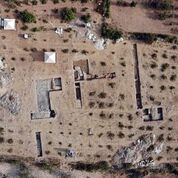
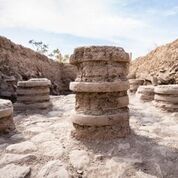
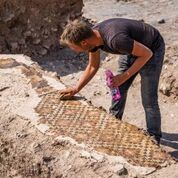
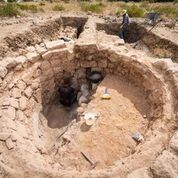
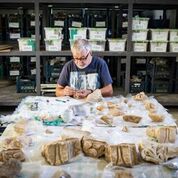
Between July 30 and September 24, an international team of students and specialists has explored the ancient city of Doliche, which located close to Gaziantep (Southeast-Turkey). The excavation is run by the Turkish Ministry of Culture and Tourism and the Forschungsstelle Asia Minor, Münster University, in cooperation with the Centre of Urban Network Evolutions at Aarhus University. It is funded by the German Research foundation (DFG).
Doliche is famous for being the home of Jupiter Dolichenus, a god who was widely popular in many parts of the Roman Empire. Apart from that, not much is known about the ancient city so far. There has been no previous archaeological investigation. Therefore, the new urban excavation project offers the unique opportunity to explore a city of this region - ancient North Syria - from scratch, applying up-to-date methods and approaches.
The focus of this year's campaign was on an area in the eastern part of the city, where we had identified a bath building of the Roman Imperial period last year. The main goal was to ascertain the dimensions of the complex and to test our preliminary assumptions about its spatial organization. The new results proved that the bath was a large rectangular and symmetrically organized complex covering at least 2000 m2. Various rooms have partly excavated, revealing the impressive dimensions of the bath. Moreover, various sections of water management system have been discovered. The bath closely follows Roman Imperial models, attesting to the Roman impact on urbanism in the region. The further analysis of this building and its surroundings promises to improve our understanding of Doliche`s urban development considerably.
Preliminary results point to a construction of the bath in the second century CE. In the fourth century, possibly even earlier, it was abandoned and systematically dismantled to retrieve building material. Probably connected to the spoliation of the bath is a well preserved lime kiln, which we discovered east of the bath. The massive construction has an inside diameter of 3,5 m, and it is preserved to a depth of 2,10 m high. It is a flare kiln with a stoke hole, a type of limekiln that was common in late antiquity. The very good state of preservation and the impressive dimensions of the kiln will make it an interesting case study for the ancient technology. The kiln supersedes earlier walls of substantial size, which date to the Roman period. They will be investigated in the next season.
In the second part of the campaign, we continued digging on the south slope of the city hill, where an early Christian basilica had been partially excavated in 2017. This year, the aim was to get a better idea of the neighborhood in which the church was integrated. Two test trenches were opened south of the church. The results showed that the basilica is larger than expected. Much of the excavated areas is covered with rooms that must be directly connected to the church. The analysis of finds substantiated the assumption that the church was built at the end of the fourth century. It underwent a number of modifications and renovations before an earthquake destroyed it in the seventh century.
Parallel to the excavation, a Danish-German team continued the intensive survey of the city area. The results help to understand of the extension and spatial organization of the city. Industrial areas, a second bath building, and traces of a fortification wall have been identified. The survey data also points to a gradual abandonment of the city after the seventh century, a result that conflicts with the literary evidence that mentions Doliche as an urban centre still in the Crusader period. Frequent finds stone tools point to the important role of the place from the Paleolithic to the Neolithic period, when large natural deposits of flint attracted people to Doliche.
